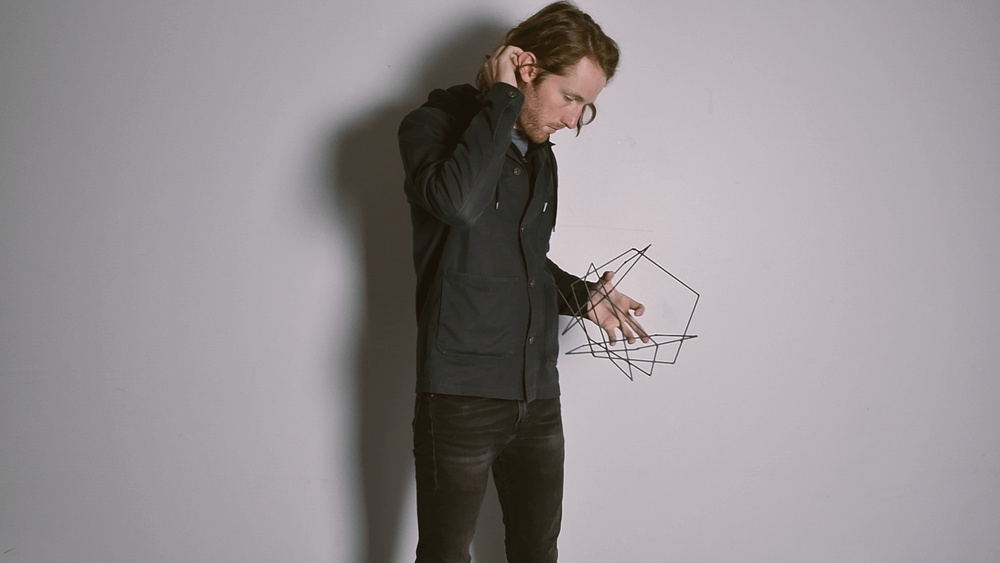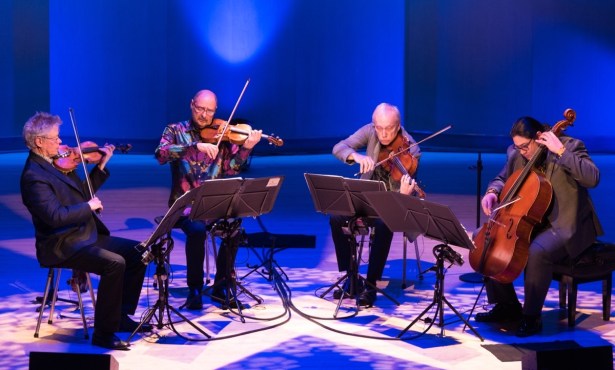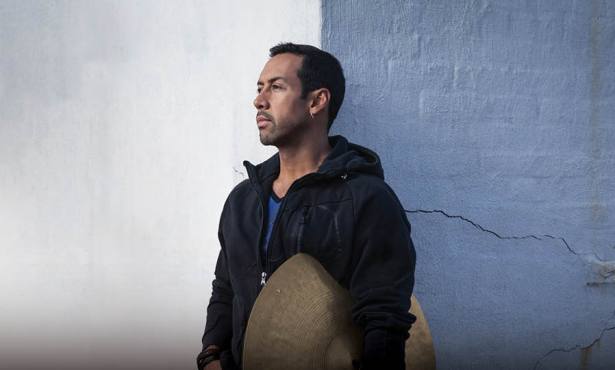Mark Hirsch, ‘Portrait of a Nation’
UCSB PhD Candidate Mark Hirsch Receives National Recognition for Digital Art


In social justice movements, there’s always the question of how best to represent what’s happening. With one face, or many? With one voice, or a chorus? Portrait of a Nation, the recent video project by Mark Hirsch, pairs audio of chants from last summer’s Black Lives Matter protests with abstract animations that respond to those voices in tight synchronization. As ambient electronic tones shift slowly in the background, field recordings of chants like “defund the police” supply the soundtrack. Thanks to a computer program written by Hirsch, who is a PhD candidate in UCSB’s Media Arts Technology Program and teaches Computer Programming for Artists at the university, shining clouds of colored lines pulse and swirl at the center of an otherwise dark screen, their shapes and dimensions controlled by the sound waves of the protest audio. The result gives people a way to see the voices of protestors without revealing their faces. Take that, facial recognition software!
This is why Regina Taylor, the Golden Globe–winning actress and playwright who is now leading a project at SMU’s Meadows School of Art called the black album, chose Portrait of a Nation to receive the Innovation Award at the project’s mixtape digital block party on May 11. The black album project was conceived as a way for artists to come together for “crucial conversations during this time of racial reckoning,” according to Taylor, and Hirsch’s piece fit perfectly within that framework. For his part, the artist has responded to the award with humility, saying “it’s not really me” that should get the credit, but rather the honor should be understood as “highlighting these people” whose voices can now be seen as well as heard.
Support the Santa Barbara Independent through a long-term or a single contribution.




You must be logged in to post a comment.